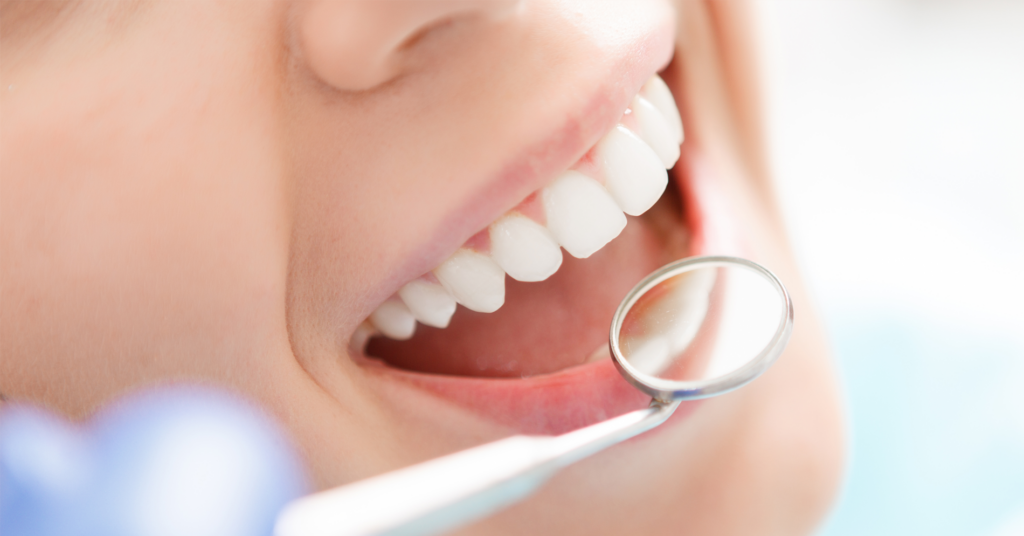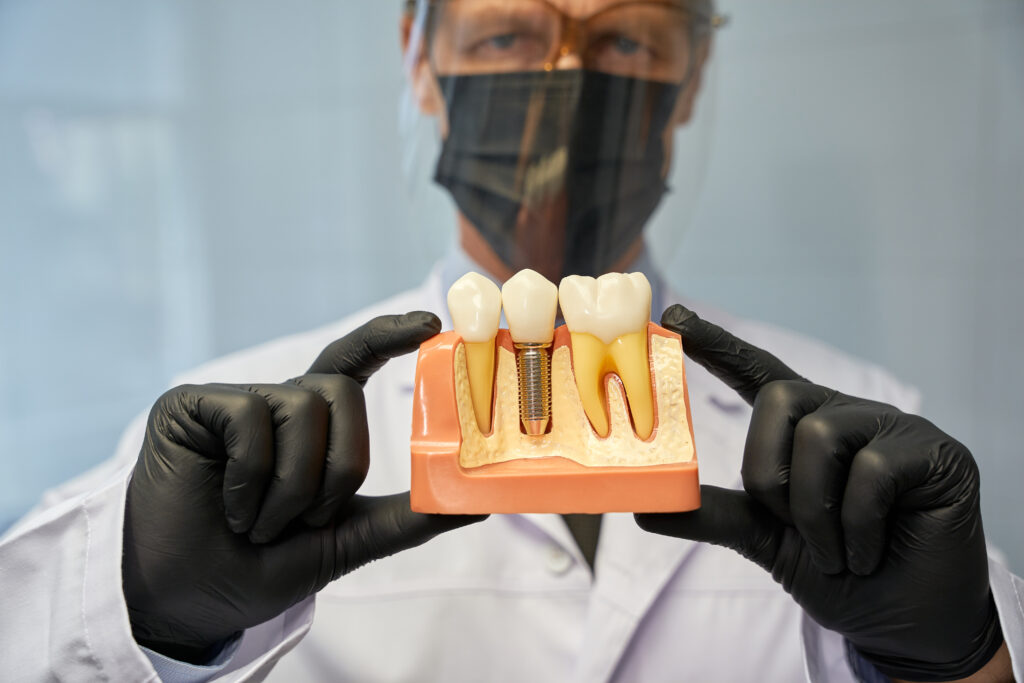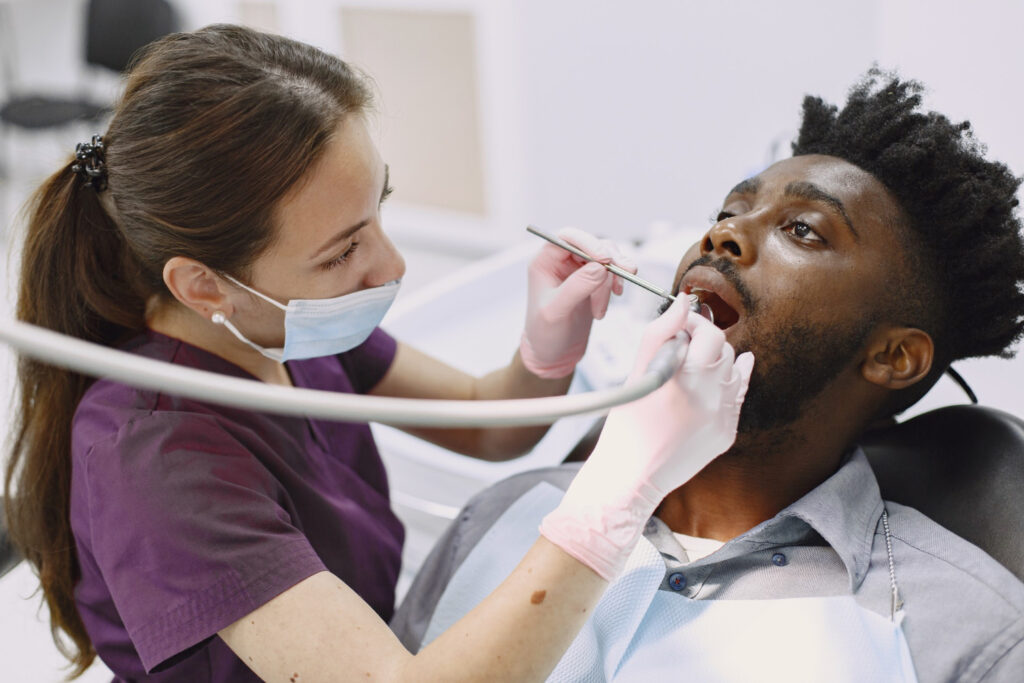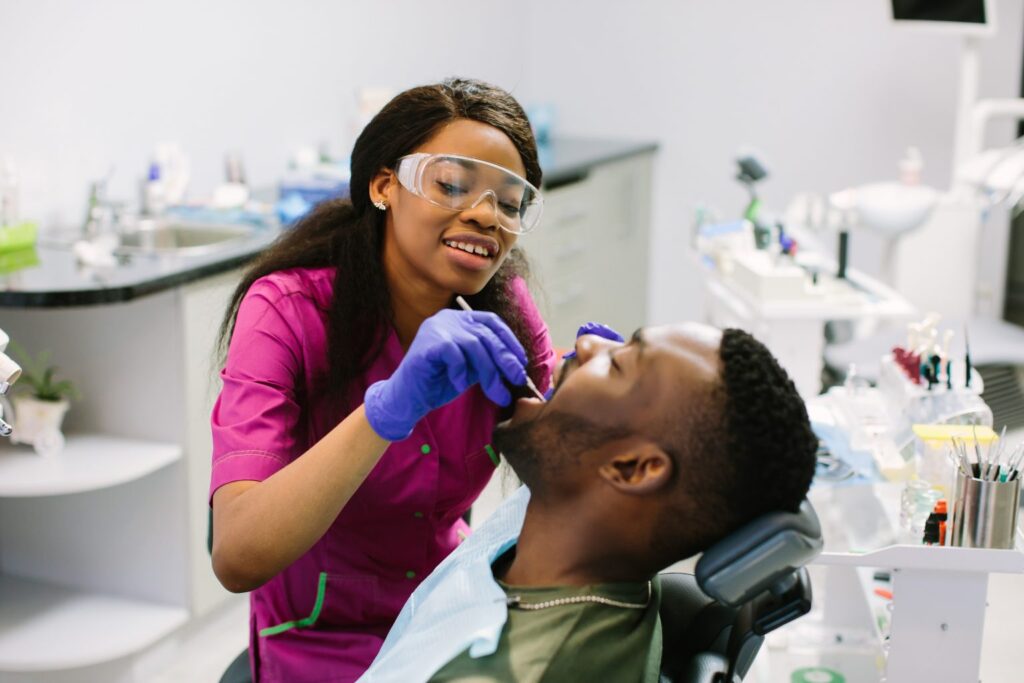
Plenty of people don’t like dental exams and cleaning. The scraping, poking, prodding, and potential gagging can all make the process feel uncomfortable.
Knowing why the dentist or hygienist is doing each part of the process can help alleviate some of this stress and anxiety. To that end, we’ve made a list of each step involved in your standard dental cleaning.
1. The Physical Exam
Dental hygienists do most of the standard exams and teeth cleaning.
Before you get your teeth cleaned, the hygienist examines your mouth for any issues, such as gingivitis. They’ll use a mirror to look all around your mouth and see those hard-to-reach areas.
If they spot any major concerns, they’ll call in the dentist for a look to make sure the proceeding is safe.
During the exam, the hygienist may also perform X-rays. These may be done once a year, but sometimes twice.
2. Plaque and Tartar Removal
The main event here is the removal of tartar and plaque. The hygienist uses a scaler — the double-ended scraper tool — to clean out plaque and tartar between your teeth and along the gumline. They use that dental mirror to guide them through your mouth.
Doing this prevents gingivitis and tooth decay from happening.
The more plaque and tartar in your mouth, the longer this process will take — especially if you have tartar. Once plaque turns into tartar, only a dentist can scrape it off.
With that in mind, brushing and flossing regularly can shorten this process immensely.
3. Tooth Polishing
Once your teeth are free of plaque and tartar, your dentist prepares a special gritty toothpaste to polish your teeth.
They use a powerful electric brush that’s a bit loud, but don’t worry — it’s harmless. The dentist simply scrubs your teeth with this toothpaste to make them nice and shiny.
You often get to choose between 2-3 flavors for this paste.
4. Flossing
Despite your best efforts and flossing, you sometimes miss a spot or two. Having an expert from outside your own point of view floss is vital to ensuring your entire mouth is free of bad things, especially when it comes to hard-to-reach areas.
You can also take this time to learn better flossing techniques from the dentist or hygienist.

5. Rinsing
After flossing, the dental professional will offer you a rinse that contains liquor fluoride to rinse out your mouth and get rid of any lingering debris. Once again, they’ll often provide you with 2-3 choices of flavor for your convenience.
6. Fluoride Treatment
Finally, the fluoride treatment. The dentist will fill a special mouthpiece that fits your teeth with foamy fluoride gel and put it over your teeth for about a minute. Once again, you may have a choice of flavors.
This offers a layer of protection against cavities for your teeth that lasts several months.
Your dentist will also pain fluoride varnish on your teeth for additional protection. This varnish hardens when it contacts saliva, allowing you to eat and drink after the procedure.
As you can see, each step in the process is vital to making your teeth and mouth totally clean so you can continue living with a healthy smile. If you need to schedule your next dental exam and cleaning in Philadelphia, book it with Absolute Smile — all new patients get a free consultation.







